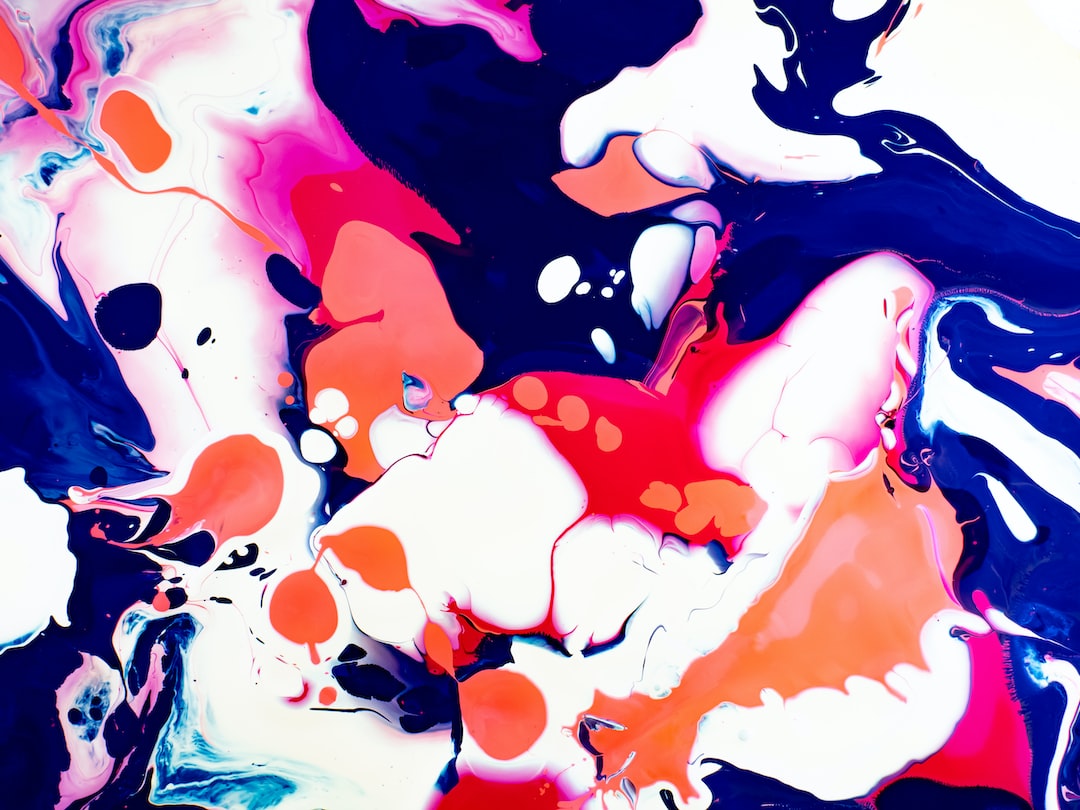Photorealism: Blurring the Lines between Art and Reality
Art has always been a reflection of reality, a medium through which artists express their unique perspective on the world. From the captivating cave paintings of ancient times to the intricate masterpieces of the Renaissance era, the evolution of art has constantly pushed the boundaries between the real and the imagined. One such movement that continues to challenge our perception of reality is photorealism.
Photorealism emerged in the late 1960s as a response to the abstract expressionism that dominated the art scene at the time. Artists like Chuck Close, Audrey Flack, and Richard Estes began to explore a new approach to art that aimed to capture the world as accurately as a photograph. The genre garnered immense popularity, as viewers marveled at the meticulous details and true-to-life renderings depicted on canvas.
What differentiates photorealism from traditional realism is the meticulous attention to detail and the emphasis on the mechanical reproduction of an image. Unlike realism, where the artist’s interpretation plays a significant role, photorealism focuses on precision, replication, and aesthetics. Artists employ various techniques such as grid systems, projectors, and airbrushes to achieve an impeccable resemblance to the reference photograph. The result is a jaw-dropping illusion that blurs the lines between a painting and a photograph.
One of the pioneers of photorealism, Chuck Close, employs a unique technique that brings unparalleled life to his portraits. Close starts by photographing his subjects, capturing every intricate defining feature. He then meticulously transfers each detail onto the canvas, pixel by pixel, using a grid system. This technique not only allows him to capture each proportion accurately but also invites viewers to engage in a personal, intimate connection with the subject. Close’s art challenges the notion of reality and forces us to question what we perceive as authentic.
While photorealism strives to capture reality with utmost precision, it is not merely an exercise in mechanical reproduction. Artists inject their own creative interpretation and emotional depth into their work, beyond what the camera lens can capture. By replicating mundane, everyday scenes and objects, photorealism adds a heightened sense of beauty and wonder to the banal. Richard Estes, for example, paints scenes of city streets, storefronts, and reflections in windows, turning the ordinary into extraordinary. His attention to light, reflection, and the interplay of shadows creates a visual spectacle that surpasses the ordinary.
Photorealism also raises intriguing questions about the role of photography in contemporary art. In today’s era, where we are inundated with a perpetual stream of digital imagery, the value of an artist dedicating hundreds of hours to create a near-perfect replica of a photograph may seem redundant. However, it is precisely this devotion to craft that separates photorealism from the casual snapshot. Instead of dismissing photorealism as a mere imitation, we should celebrate the dedication and skill it requires to paint such intricate and lifelike images.
The impact of photorealism extends beyond the canvas. It forces us to perceive reality through a new lens, encouraging us to notice and appreciate the smallest details in our surroundings. It invites us to look at the world with the same curiosity and attention to detail that the artists exercise in their work. By blurring the lines between art and reality, photorealism allows us to see the extraordinary in the ordinary and to appreciate the beauty that often goes unnoticed.
In conclusion, photorealism is an artistic movement that achieves the extraordinary by striving for the ordinary. Through meticulous attention to detail and the replication of photographic precision, artists challenge our perception of reality. By blurring the lines between a painting and a photograph, photorealism prompts us to question and appreciate the world around us. As we continue to evolve in the realm of art and technology, photorealism remains a testament to the power of human creativity and our unending quest to capture the essence of reality.

